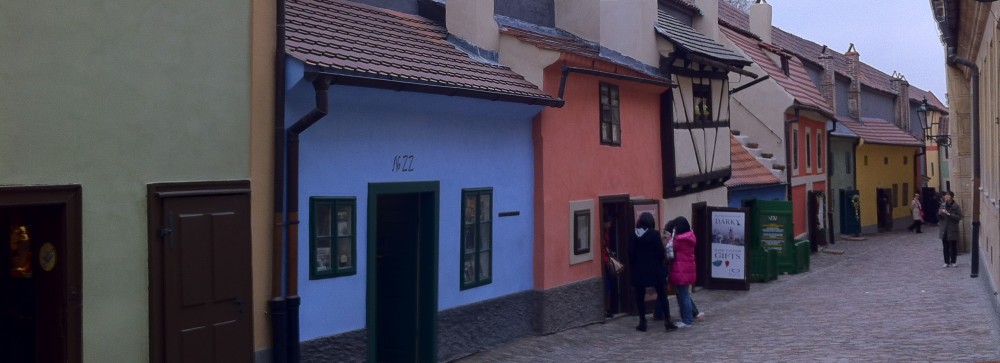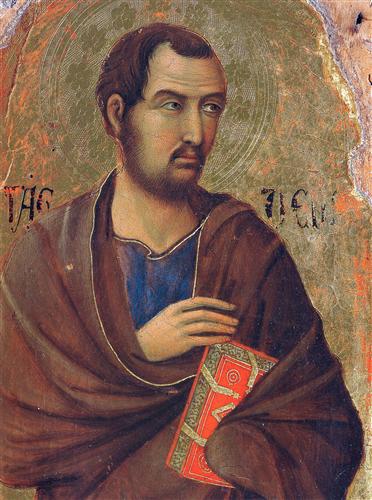According to the legend, St. Jude was a son of Cleopas and his mother Mary, a cousin of the Virgin Mary. Tradition has it that Jude’s father, Cleopas, met the risen Christ on the evening of Resurrection Day while walking to Emmaus and that he was martyred because of his forthright and outspoken devotion to the risen Christ. Opinion is divided on whether Jude the apostle is the same as Jude, the “brother” or cousin of Jesus, who is mentioned in Mark 6:3 and Matthew 13:55-57, and is the traditional author of the Epistle of Jude. He is the patron of impossible causes because the Letter of Jude in the New Testament urges Christians to persevere in difficult times.
The Order of Preachers (the Dominicans) began working in present day Armenia soon after their founding in 1216. There was a substantial devotion to St. Jude in this area at that time, by both Roman Catholic and Orthodox Christians. This lasted until persecution drove Christians from the area in the 18th century. Devotion to Saint Jude began again in earnest in the 19th century, starting in Italy and Spain, spreading to South America, and finally to the United States (starting in the area around Chicago) owing to the influence of the Claretians and the Dominicans in the 1920s.
Saint Jude is the patron saint of the Chicago Police Department. His other patronages include desperate situations and hospitals, perhaps most famously the St. Jude Children’s Research Hospital in Memphis, Tennessee, which has helped many children with terminal illnesses and their families since its founding in 1962. The saint’s feast day is June 19 in the Eastern Orthodox Church, when he is celebrated as “brother of The Lord,” a son of Joseph by a previous marriage.

